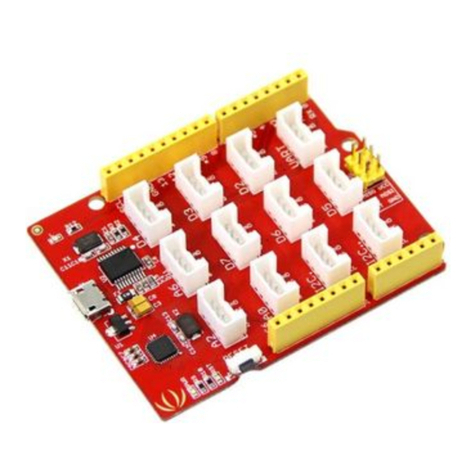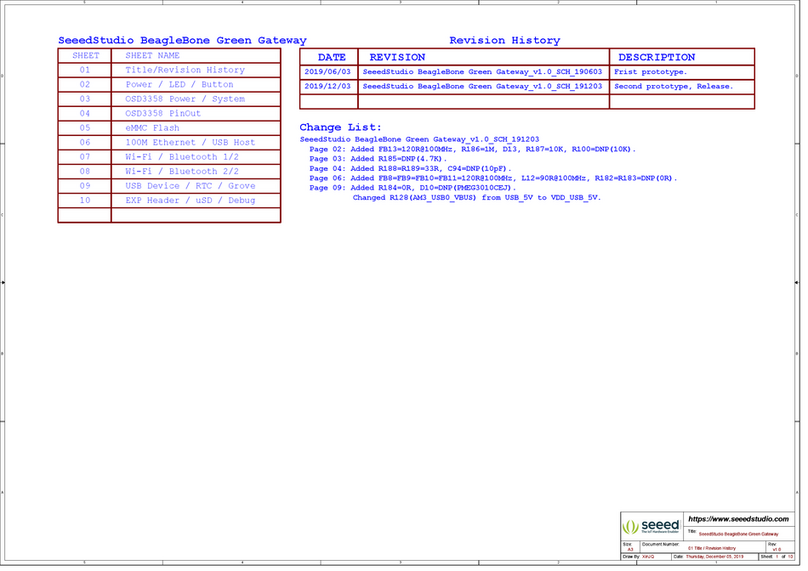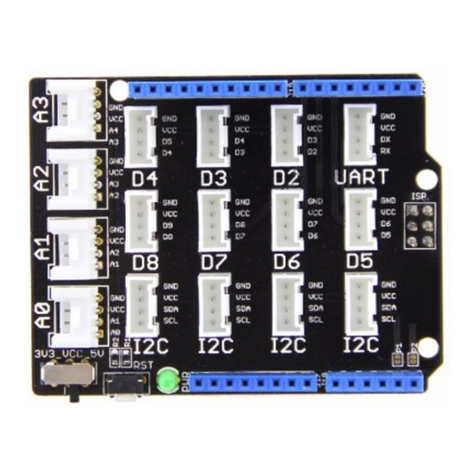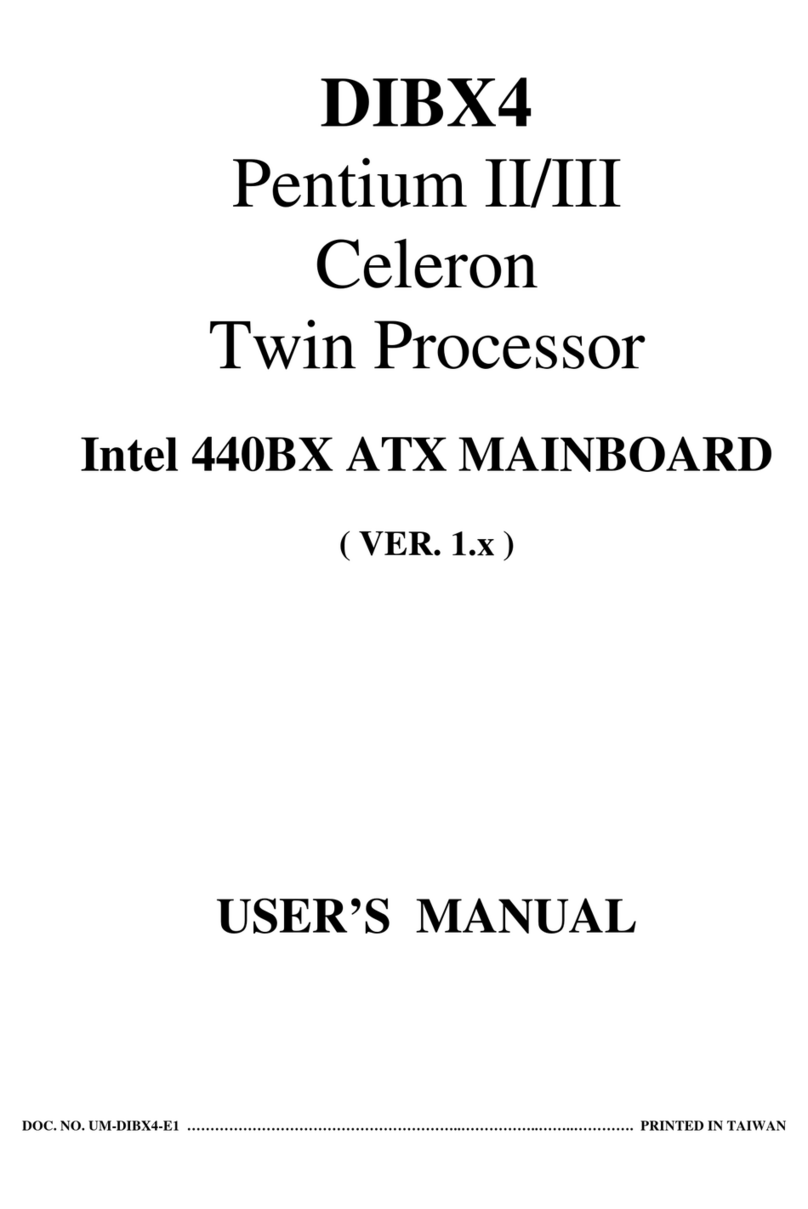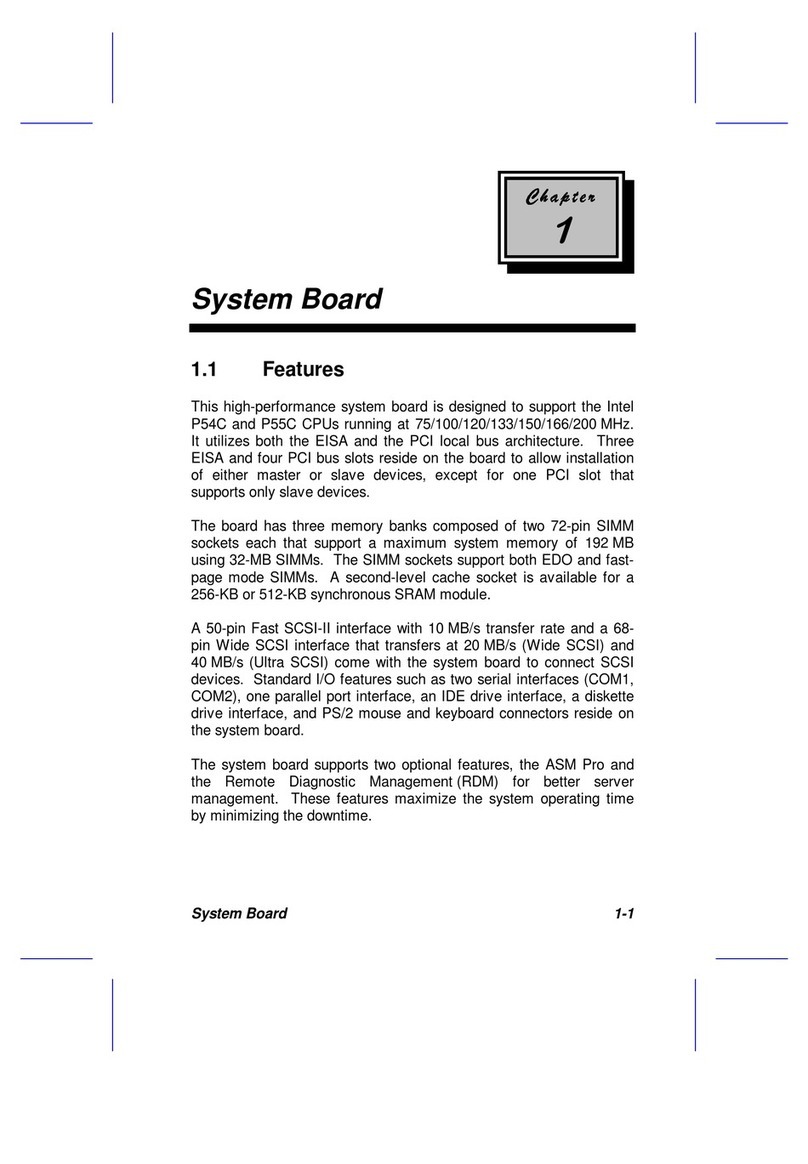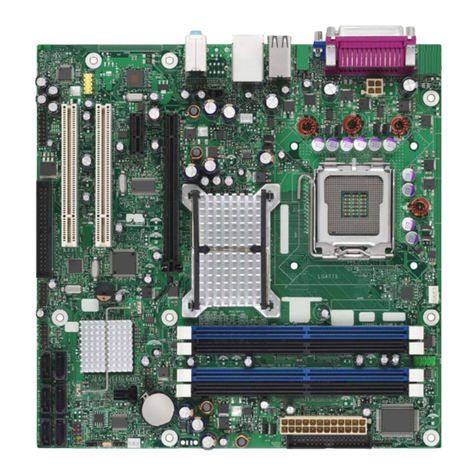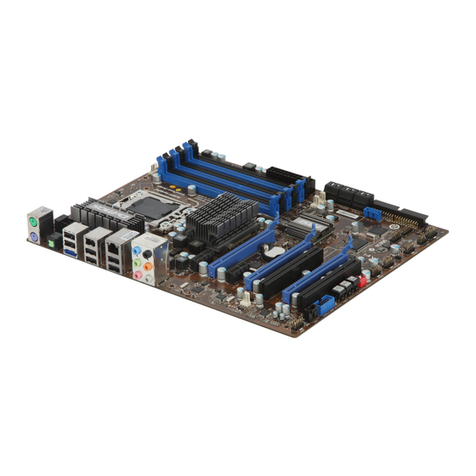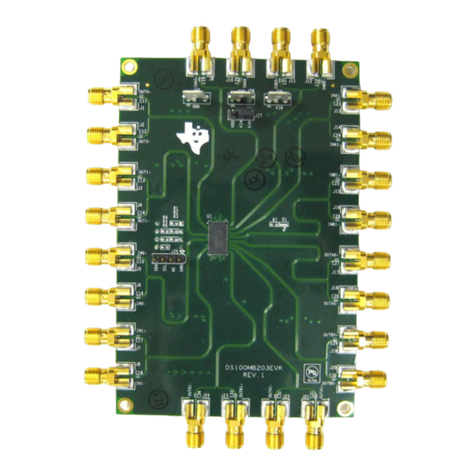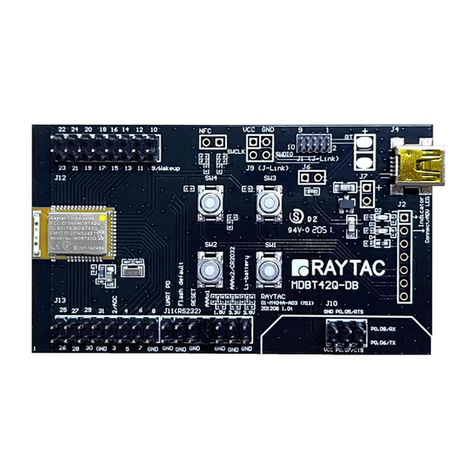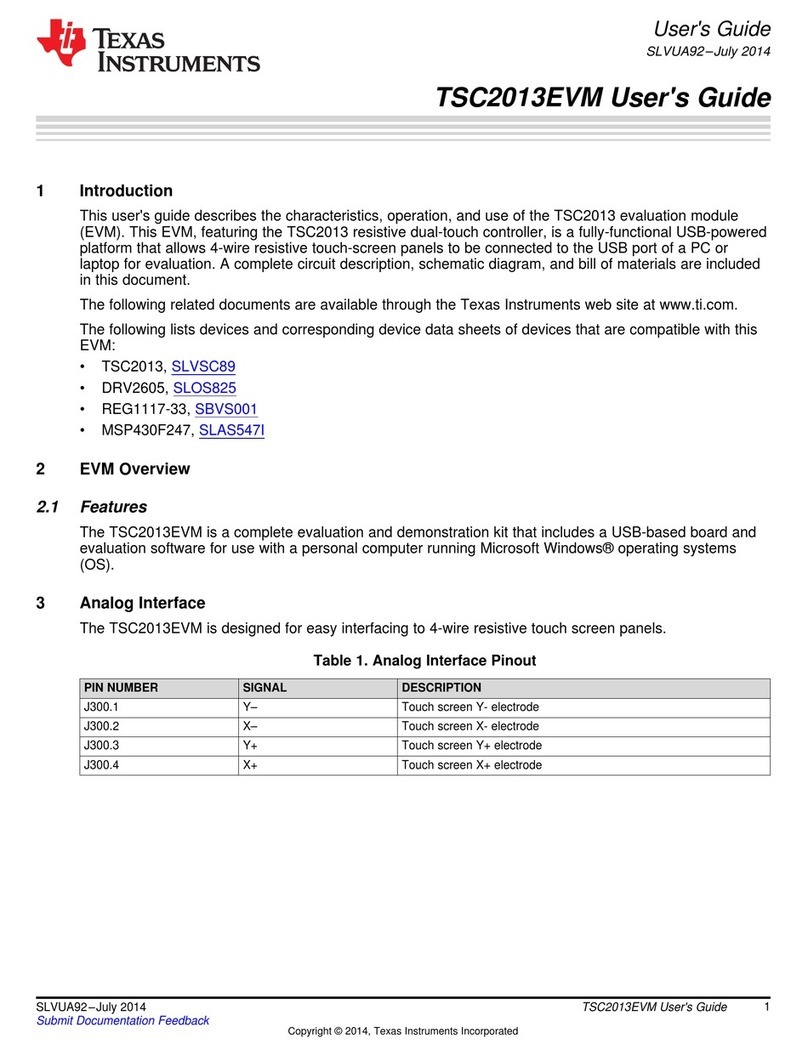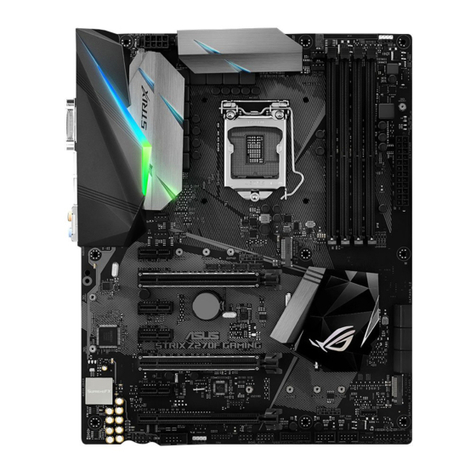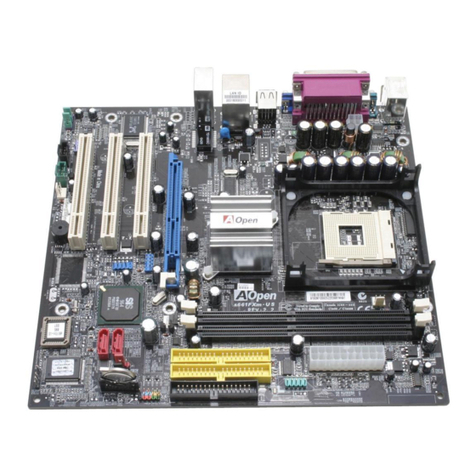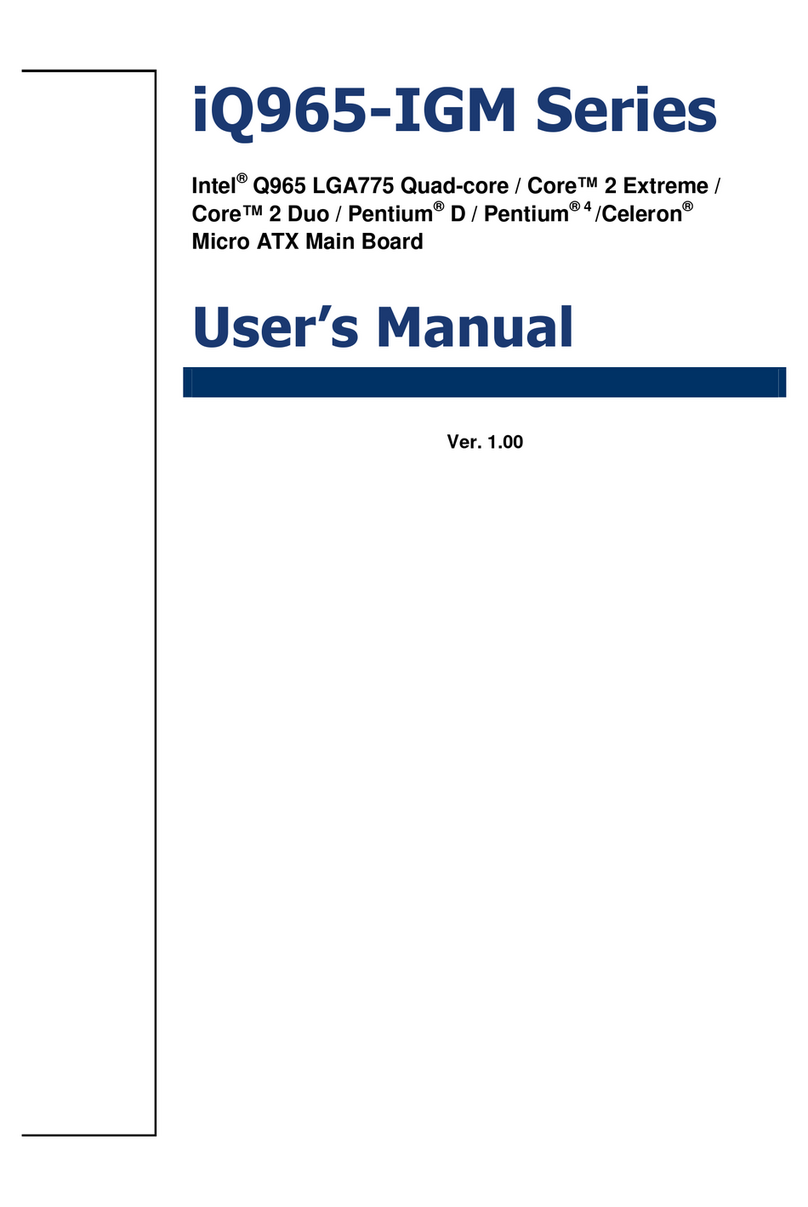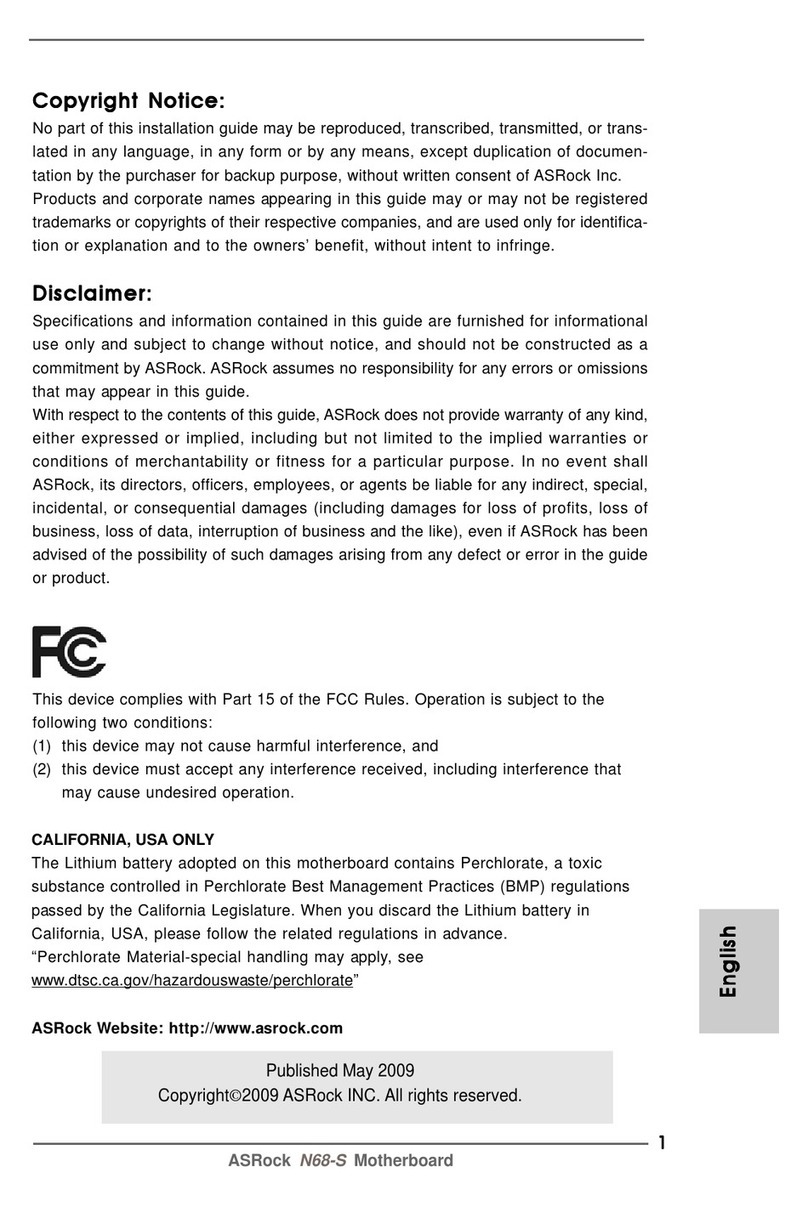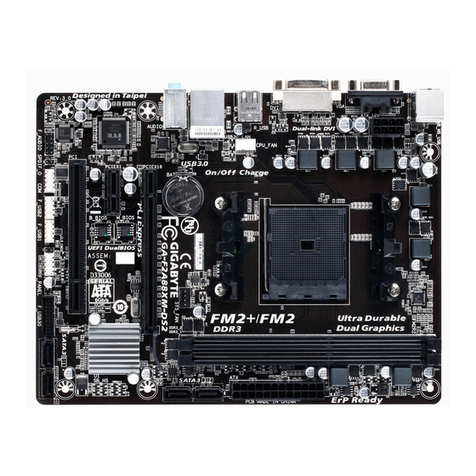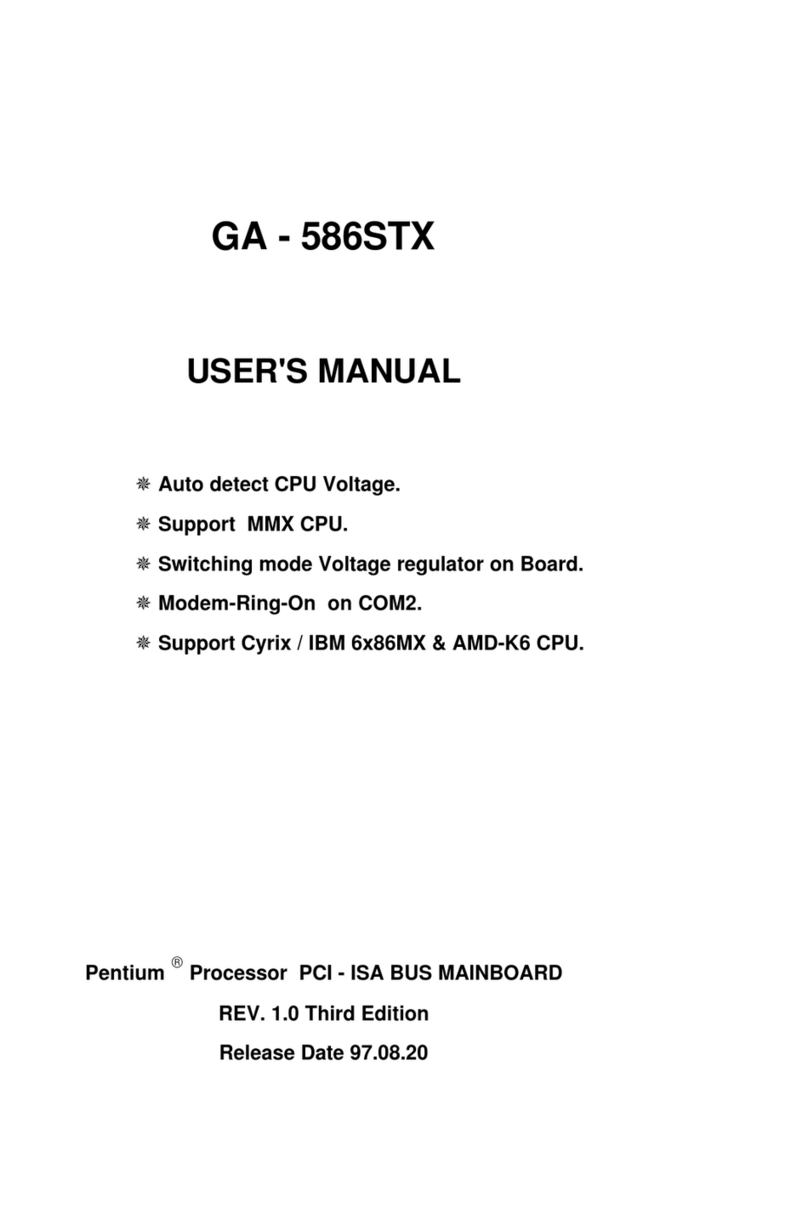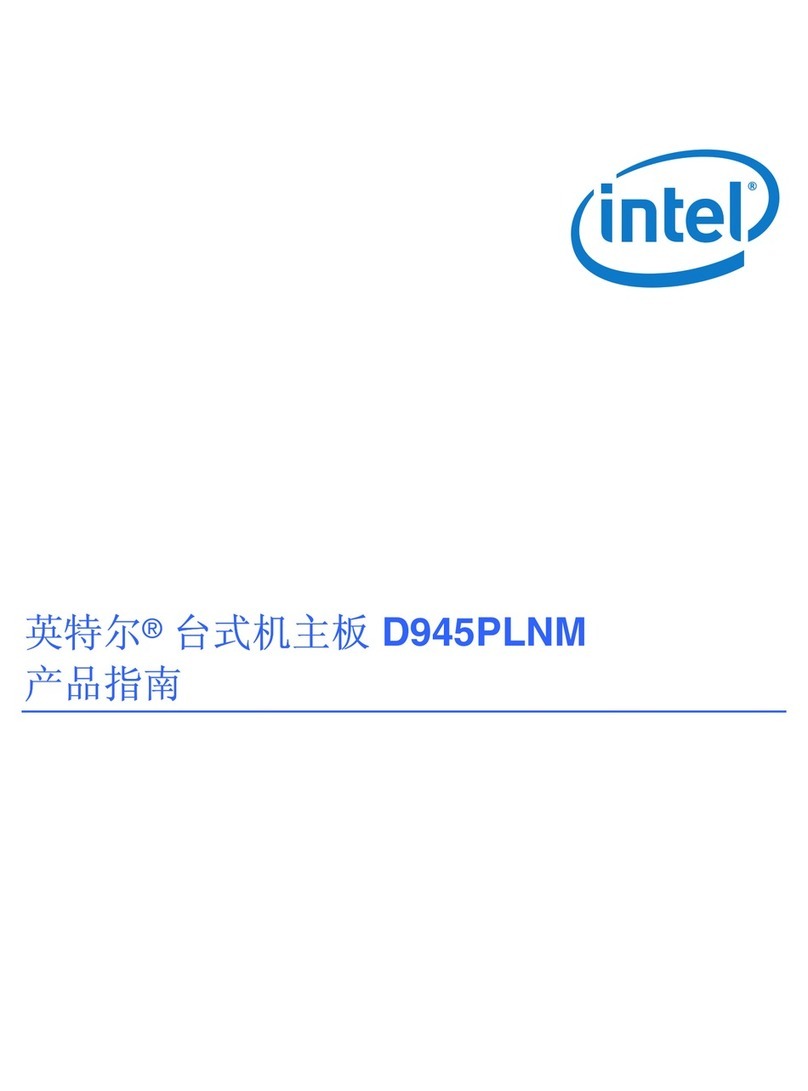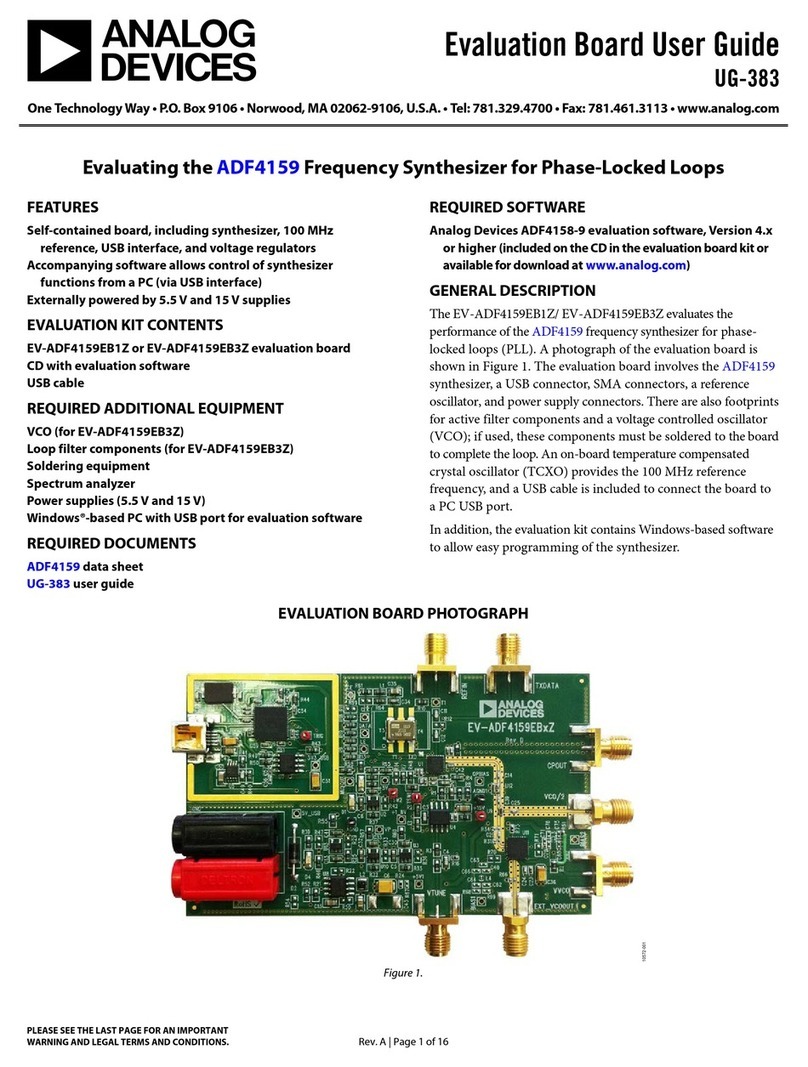with the board. Booting from MMC0 will be used to flash the eMMC in the production
environment or can be used by the user to update the SW as needed.
5.3.5 Boot Modes
As mentioned earlier, there are four boot modes:
eMMC Boot...This is the default boot mode and will allow for the fastest boot time
and will enable the board to boot out of the box using the pre-flashed OS image
without having to purchase an microSD card or an microSD card writer.
SD Boot...This mode will boot from the microSD slot. This mode can be used to
override what is on the eMMC device and can be used to program the eMMC when
used in the manufacturing process or for field updates.
Serial Boot...This mode will use the serial port to allow downloading of the software
direct. A separate USB to serial cable is required to use this port.
USB Boot...This mode supports booting over the USB port.
Software to support USB and serial boot modes is not provided by beagleboard.org.
Please contact TI for support of this feature.
A switch is provided to allow switching between the modes.
Holding the boot switch down during a removal and reapplication of power without
a microSD card inserted will force the boot source to be the USB port and if nothing
is detected on the USB client port, it will go to the serial port for download.
Without holding the switch, the board will boot try to boot from the eMMC. If it is
empty, then it will try booting from the microSD slot, followed by the serial port, and
then the USB port.
If you hold the boot switch down during the removal and reapplication of power to
the board, and you have a microSD card inserted with a bootable image, the board
will boot from the microSD card.
NOTE: Pressing the RESET button on the board will NOT result in a change of the boot
mode. You MUST remove power and reapply power to change the boot mode. The boot
pins are sampled during power on reset from the PMIC to the processor. The reset button
on the board is a warm reset only and will not force a boot mode change.
5.4 Power Management
The TPS65217C power management device is used along with a separate LDO to provide
power to the system. The TPS65217C version provides for the proper voltages required
for the DDR3L. This is the same device as used on the original BeagleBone with the
exception of the power rail configuration settings which will be changed in the internal
EEPROM to the TPS65217C to support the new voltages.




















